Have you ever noticed your cat curling up beside you after a tough day, or acting extra playful when you’re full of energy? It’s a heartwarming thought: what if your furry friend is more in tune with your feelings than you realize? For cat lovers, the idea that our whiskered companions can sense and reflect our emotions is both comforting and extraordinary. But how can you tell if your cat is truly mirroring your emotions, or if it’s all just wishful thinking? Dive in to uncover the subtle, surprising ways your cat might be echoing your inner world.
Your Cat’s Body Language: Reading the Signs
Cats speak volumes with their bodies. If your cat mirrors your mood, you may notice that their tail, ears, and posture shift in response to how you’re feeling. For example, a relaxed cat will often have a soft, gently swaying tail and half-closed eyes when you’re calm. Alternatively, if you’re tense or anxious, your cat might crouch low, with their tail tucked or ears flattened. These physical cues are like a silent language, showing you that your emotions could be influencing your cat’s comfort and behavior.
Matching Your Energy Levels
One of the most obvious ways cats mirror emotions is by syncing up with your energy. If you’re bouncing around the house, you might find your cat suddenly zooming from room to room, chasing shadows or toys. On the flip side, if you’re lounging on the couch feeling low, your cat might become unusually still, curling up beside you for a nap. This energetic “mirroring” can be a powerful sign your cat is tuning in to your vibe.
Seeking Physical Contact in Times of Stress
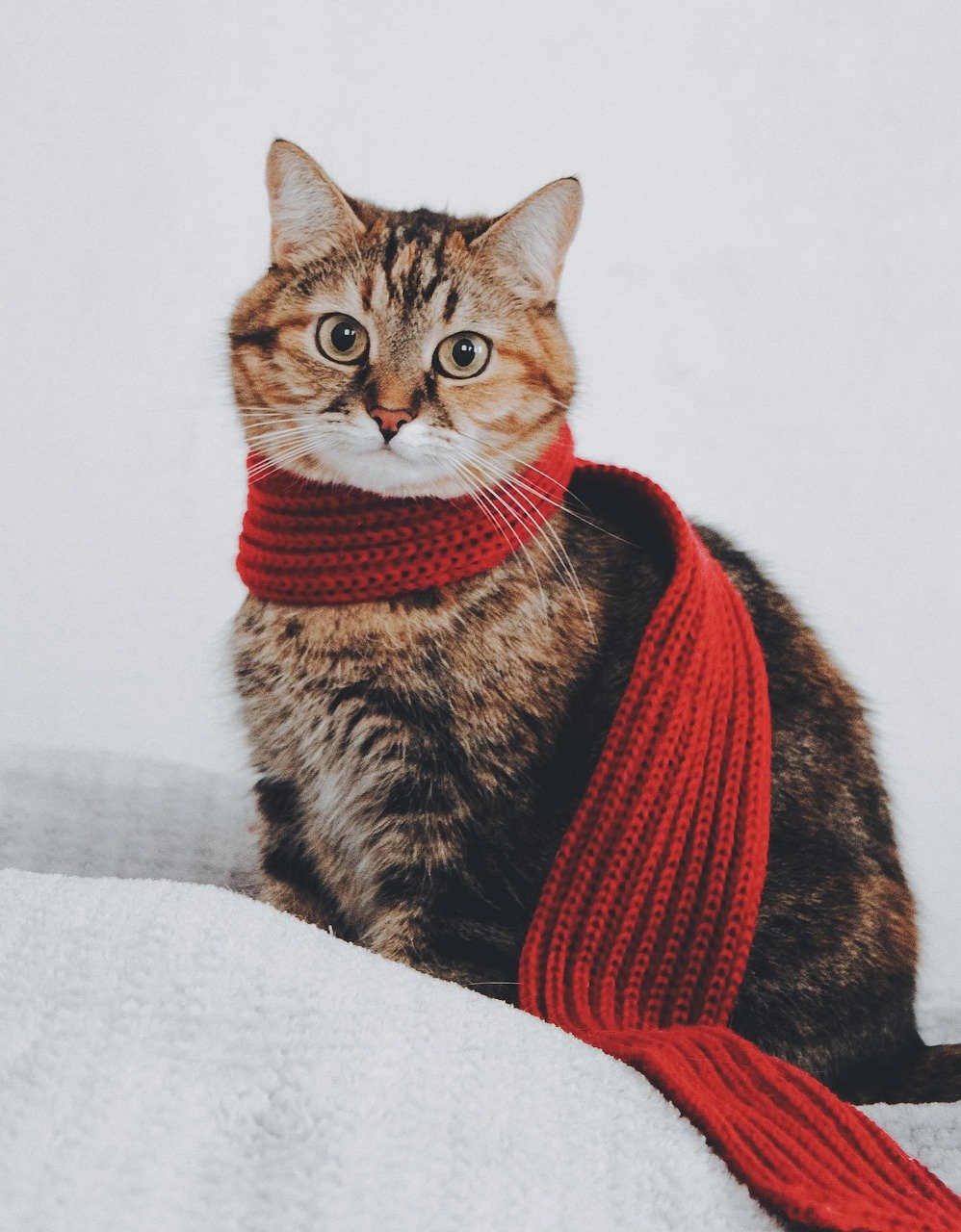
When you’re upset or stressed, does your cat gravitate towards you? Many cat owners report their pets become more affectionate during tough times, sometimes even sitting on their lap or purring against their chest. This physical closeness is not just coincidence. Cats may sense emotional tension and try to soothe you, mirroring your need for comfort with their own gentle presence.
Changes in Vocalization Patterns
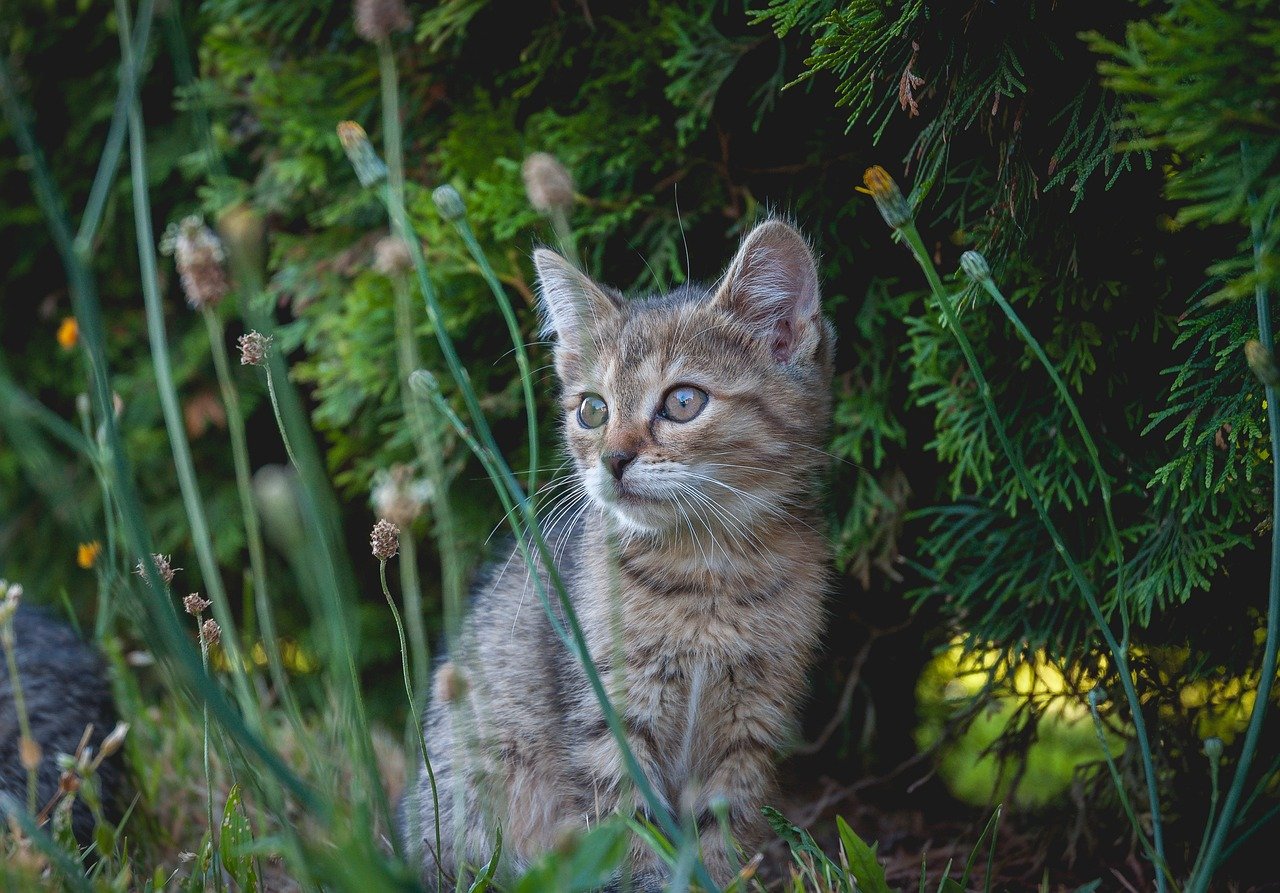
If your usually quiet cat becomes more talkative when you’re upset, or if their meows soften when you’re calm, this could be a sign of emotional mirroring. Cats often change their vocalizations in response to their environment, and your emotional state is a big part of their world. Pay attention to whether your cat’s “voice” changes along with your mood—it’s an often-overlooked clue.
Mirroring Sleeping Patterns
Have you ever noticed your cat adjusting their sleep schedule to match yours? If you’re up late watching movies after a bad day, your cat may stay awake with you, even if it’s outside their usual routine. Conversely, if you take an afternoon nap, your cat might curl up beside you. This synchronization of sleeping patterns is a subtle, but powerful, sign that your cat is attuned to your rhythms—and possibly your emotions.
Copycat Grooming Behaviors
It might sound odd, but some cats groom themselves more when they see you fussing over your own appearance—like brushing your hair or washing your face. This “copycat” grooming isn’t just mimicry; it can be a form of emotional resonance. By engaging in self-grooming when you’re caring for yourself, your cat could be echoing your desire for comfort and well-being.
Attention-Seeking When You’re Distracted
If you’re deep in thought, worried, or emotionally distant, your cat may try to reclaim your attention. This can come in the form of gentle headbutts, weaving between your legs, or even knocking things over. Rather than acting out, your cat might be picking up on your emotional withdrawal and trying to pull you back into the moment—mirroring your need for connection.
Hiding When You’re Overwhelmed
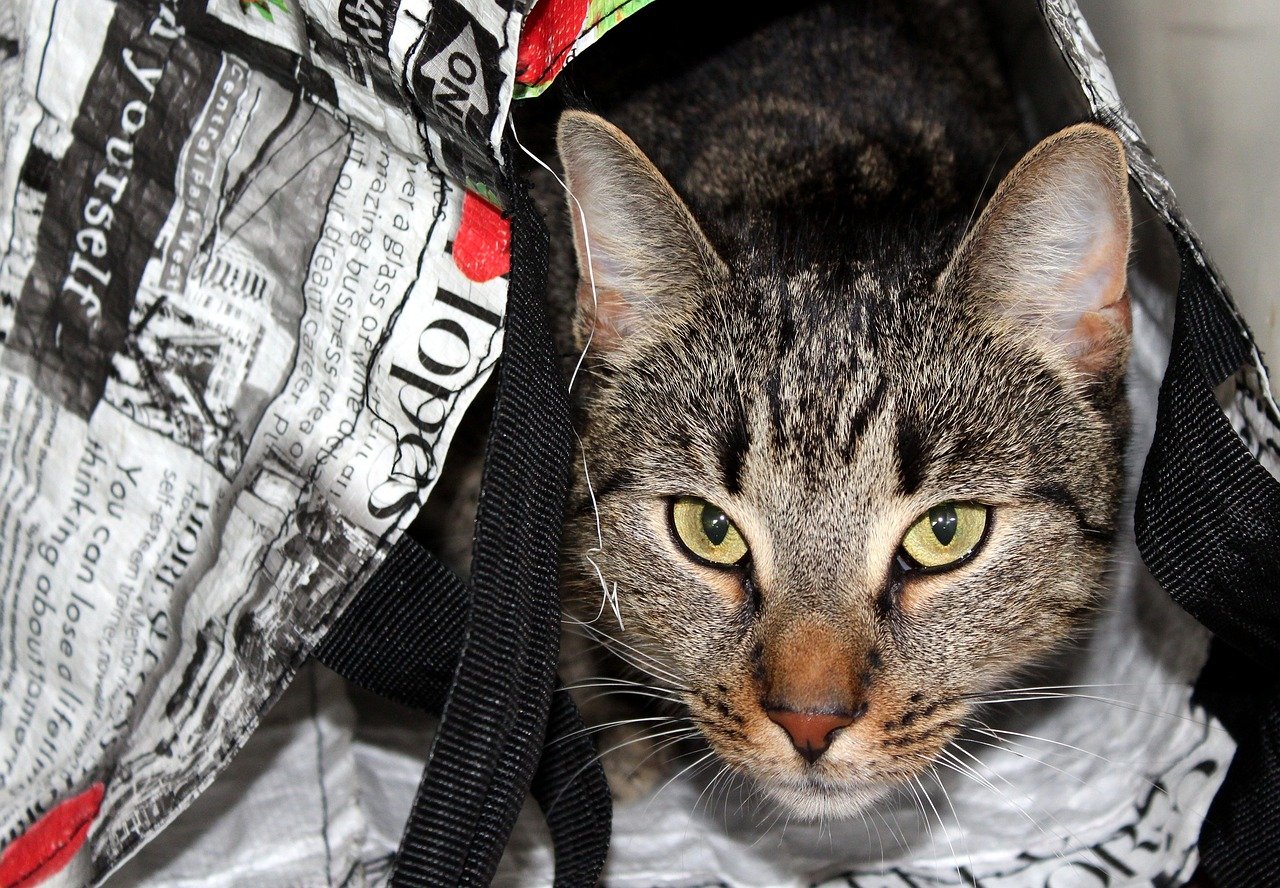
Sometimes, when emotions run high—like during arguments or stressful events—cats respond by hiding. This reaction can reflect their sensitivity to emotional energy in the home. If your cat disappears during tense times and reappears when things calm down, it might be their way of mirroring your desire to retreat from overwhelming feelings.
Mirroring Playfulness and Joy
When you’re happy and playful, tossing toys or laughing, does your cat seem to come alive? Playful moods are contagious, and many cats will join in when they sense your joy. Whether it’s chasing a feather toy or rolling on their back, your cat’s playful antics can be a reflection of your own positive emotions—a delightful form of mirroring that brings you closer together.
Following Your Routine Closely
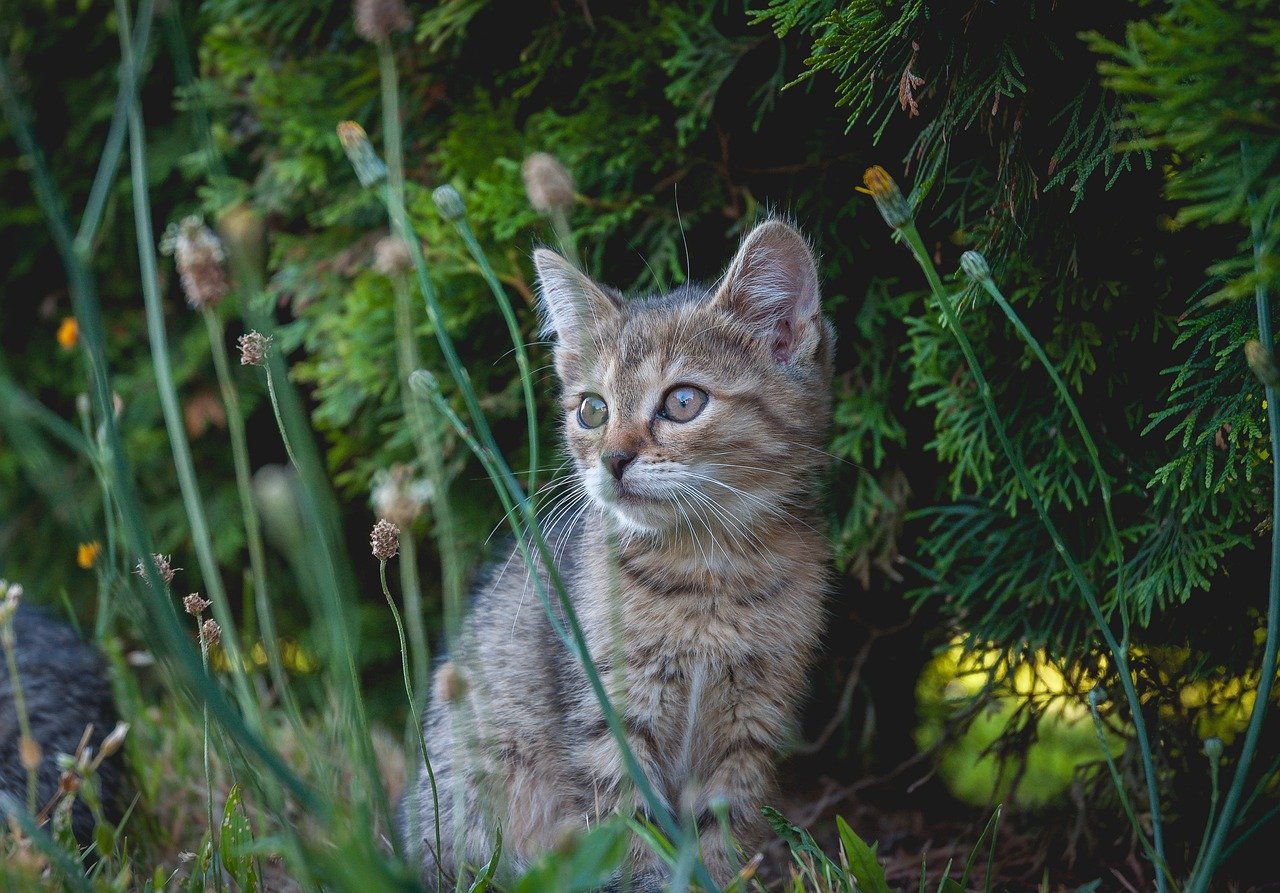
Cats are creatures of habit, but they’re also keen observers of your daily patterns. If you change your routine due to an emotional shift—such as staying in bed longer or skipping meals—your cat might adjust their own habits to match. This close following of your routine is another way your cat mirrors the emotional changes in your life.
Mirroring Eating Habits
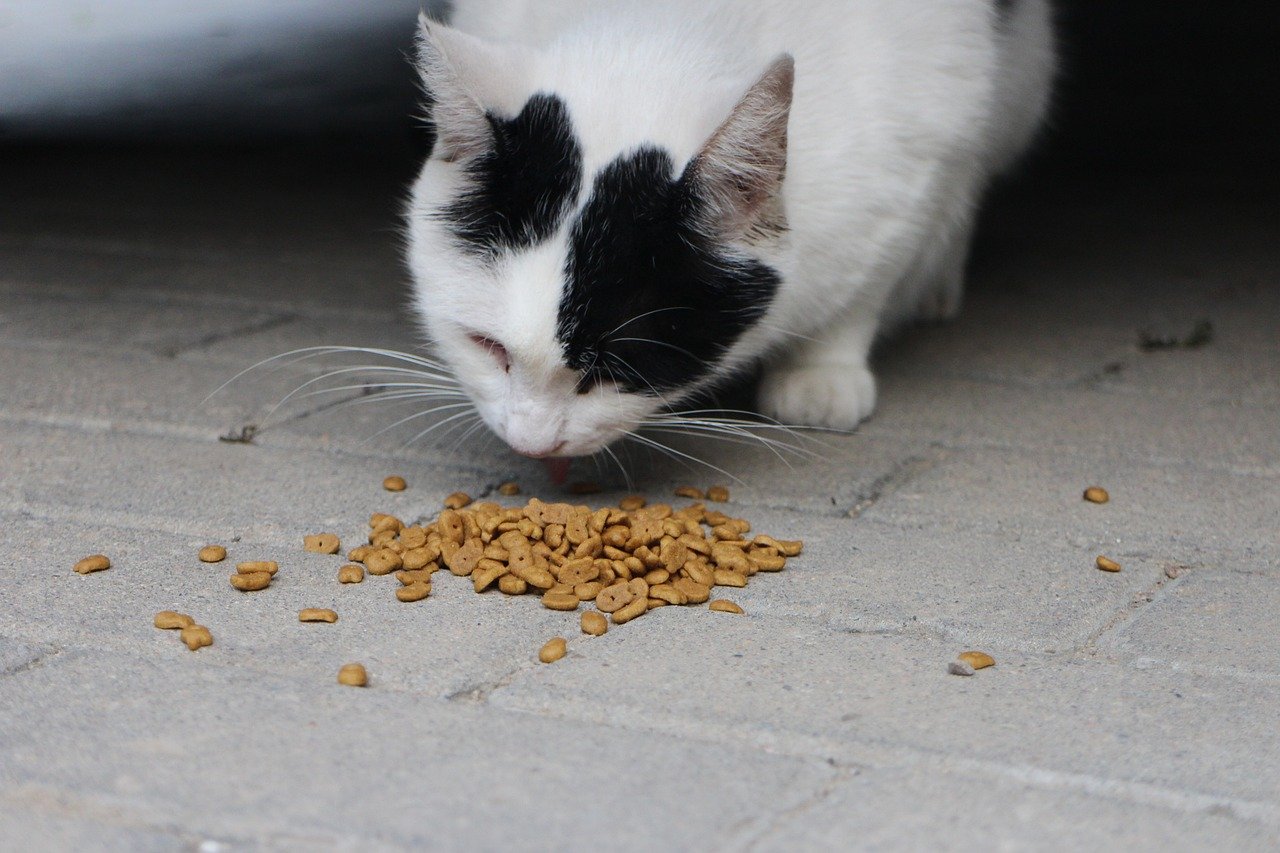
Have you noticed your cat eating more or less depending on your own appetite? Emotional changes can affect a cat’s eating patterns, especially if you skip meals or indulge in comfort food. Your cat might eat alongside you or lose interest in food if you’re stressed. This mirroring of eating habits is a subtle but telling sign of emotional connection.
Reacting to Your Voice Tone
Cats are highly sensitive to the tone and pitch of your voice. If you speak softly and lovingly, your cat may respond with relaxed body language or purring. On the other hand, if your voice is sharp or tense, your cat might become alert or retreat. This acute response to your vocal cues is a sign that your cat is mirroring the emotional content of your speech.
Offering “Gifts” in Response to Your Mood
Some cats bring their owners “gifts,” like toys or even small prey. If you notice this happening more often when you’re feeling down, it could be your cat’s way of trying to cheer you up. These offerings, though sometimes a bit shocking, can be a unique form of emotional mirroring, as your cat senses your mood and responds with what they think will help.
Sensitivity to Your Physical Health
Believe it or not, cats often pick up on physical as well as emotional changes. If you’re unwell or fatigued, your cat may spend more time by your side, mirroring your need for rest and quiet. This nurturing behavior is both a response to your physical state and an emotional connection, as your cat tries to provide comfort.
Mirroring Social Interactions
If you’re feeling social and welcoming guests, your cat might be more outgoing and curious, greeting visitors or joining the group. Conversely, if you’re withdrawn or anxious about social interaction, your cat may stick closer to you or avoid others. This ability to mirror your social mood is another way cats tune in to your emotional world.
Responding to Laughter and Smiles
Laughter is infectious—even to cats. When you laugh or smile, some cats will respond by purring, chirping, or even kneading with their paws. These responses are often a reflection of your positive mood, as your cat mirrors your happiness with their own unique expressions of joy.
Anxiety Mirroring: When Your Cat Becomes Restless
When you’re anxious, you might notice your cat pacing, vocalizing, or acting jumpy. This restlessness can be a direct reflection of your inner turmoil. Cats are highly sensitive to the emotional climate around them, and your anxiety can create an environment that makes them feel uneasy, causing them to mirror your discomfort.
Mirroring Affection Through Touch
Cats often communicate affection through touch—rubbing against you, kneading, or even gently nibbling. If you’re feeling affectionate and reach out to pet your cat, you may notice them responding with increased cuddles and purring. This reciprocal affection is a clear sign your cat is mirroring your loving emotions.
Adjusting Their Independence Based on Your Mood
Some cats are more independent, but even these aloof felines can become clingier when they sense you need company. If your typically solitary cat starts following you from room to room during times of sadness or loneliness, it could be a sign they’re mirroring your emotional need for companionship.
Observing Your Cat’s Eyes for Emotional Cues
A cat’s eyes are windows to their soul—and perhaps to yours as well. If your cat maintains soft eye contact or blinks slowly when you’re calm, it’s a sign of trust and emotional mirroring. Conversely, wide eyes or dilated pupils when you’re upset might indicate your cat is picking up on your stress and reflecting it back.
The Power of Shared Silence
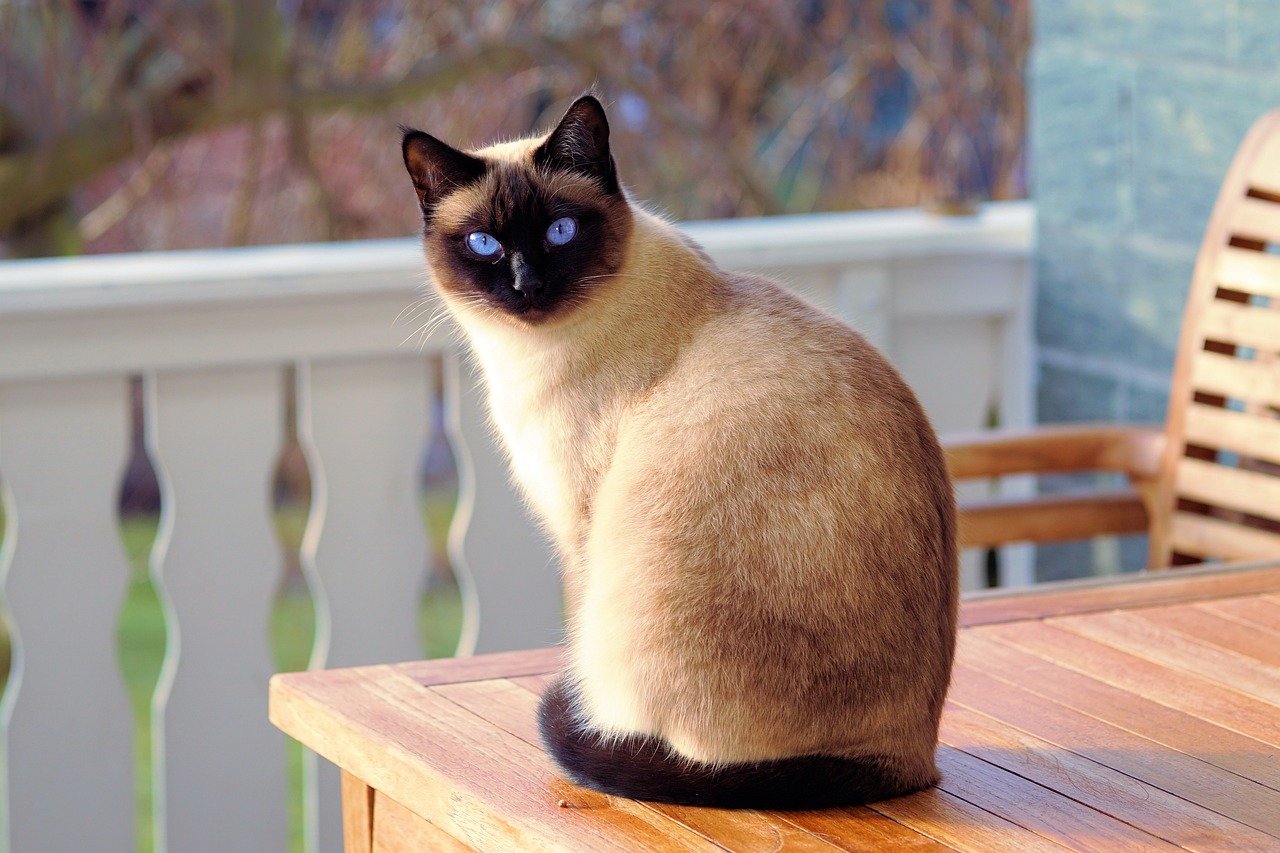
Sometimes, the strongest emotional mirroring happens in silence. If you’re quietly reflecting or feeling introspective, your cat may simply sit beside you, matching your stillness. This shared silence is a powerful, wordless connection—a way for your cat to offer comfort and companionship by mirroring your mood without a single sound or gesture.
Hi, I’m Bola, a passionate writer and creative strategist with a knack for crafting compelling content that educates, inspires, and connects. Over the years, I’ve honed my skills across various writing fields, including content creation, copywriting, online course development, and video scriptwriting.
When I’m not at my desk, you’ll find me exploring new ideas, reading books, or brainstorming creative ways to solve challenges. I believe that words have the power to transform, and I’m here to help you leverage that power for success.
Thanks for stopping by, Keep coming to this website to checkout new articles form me. You’d always love it!




